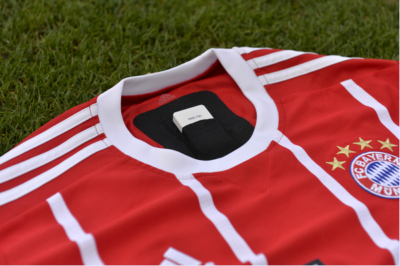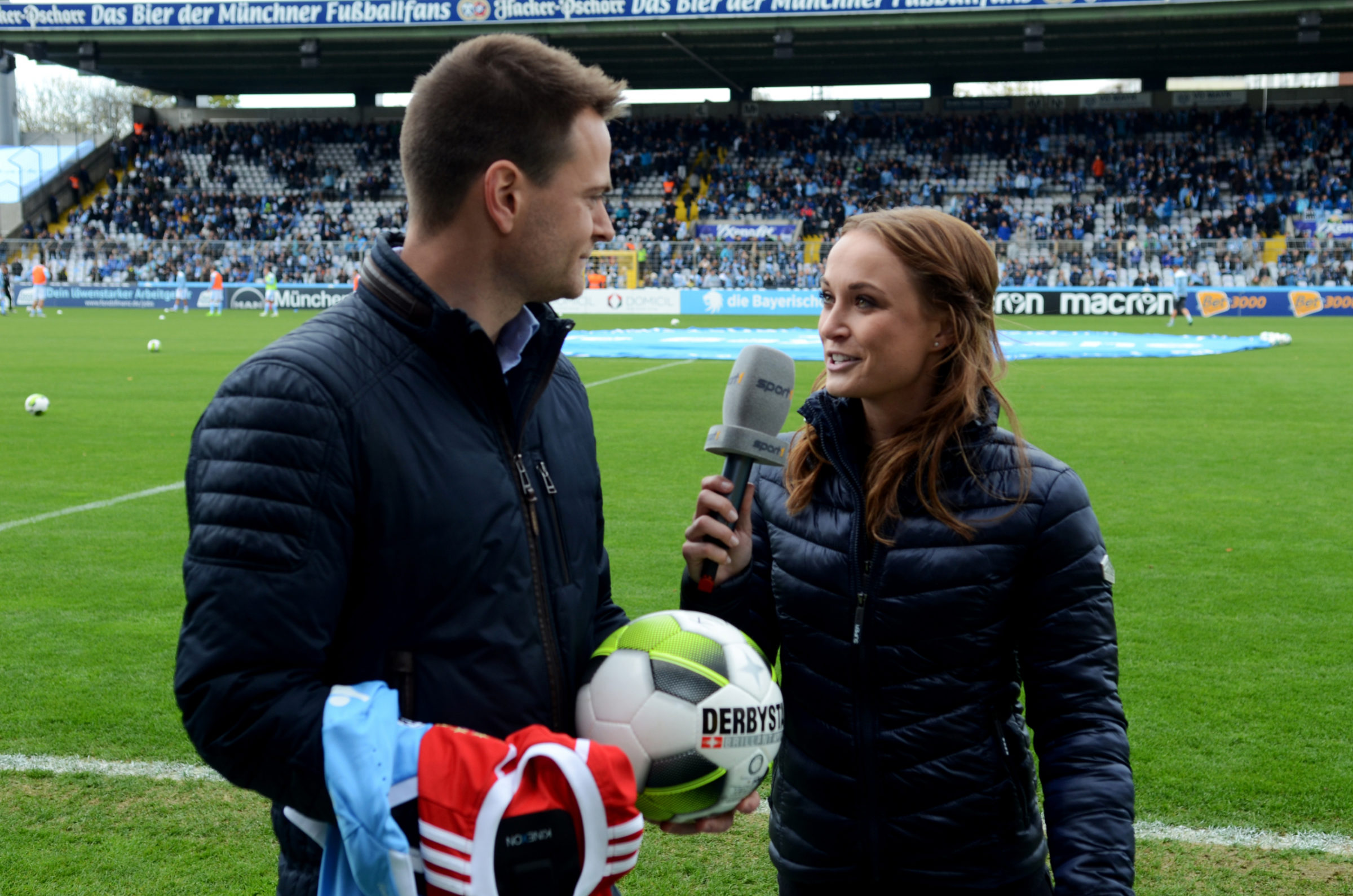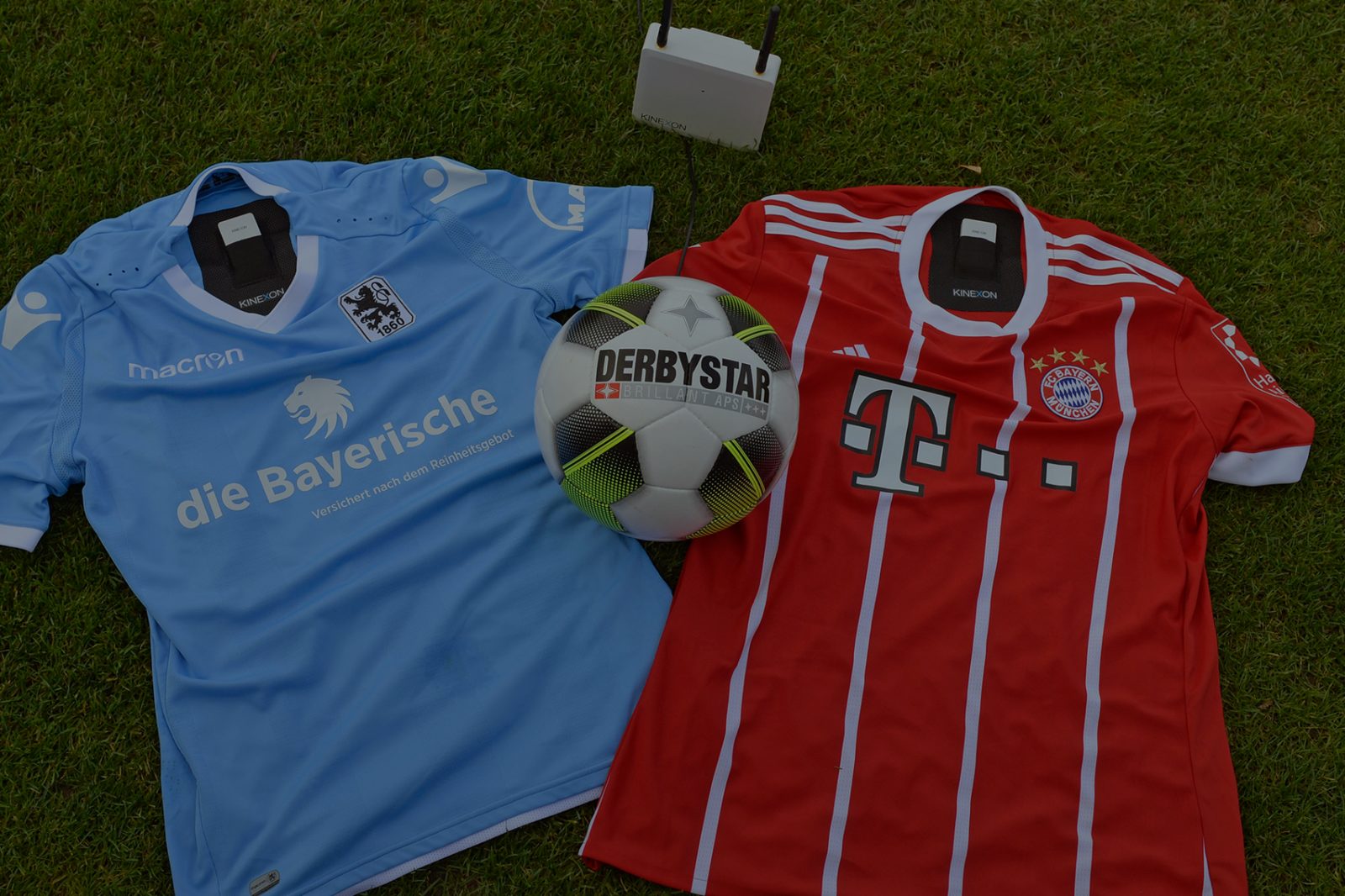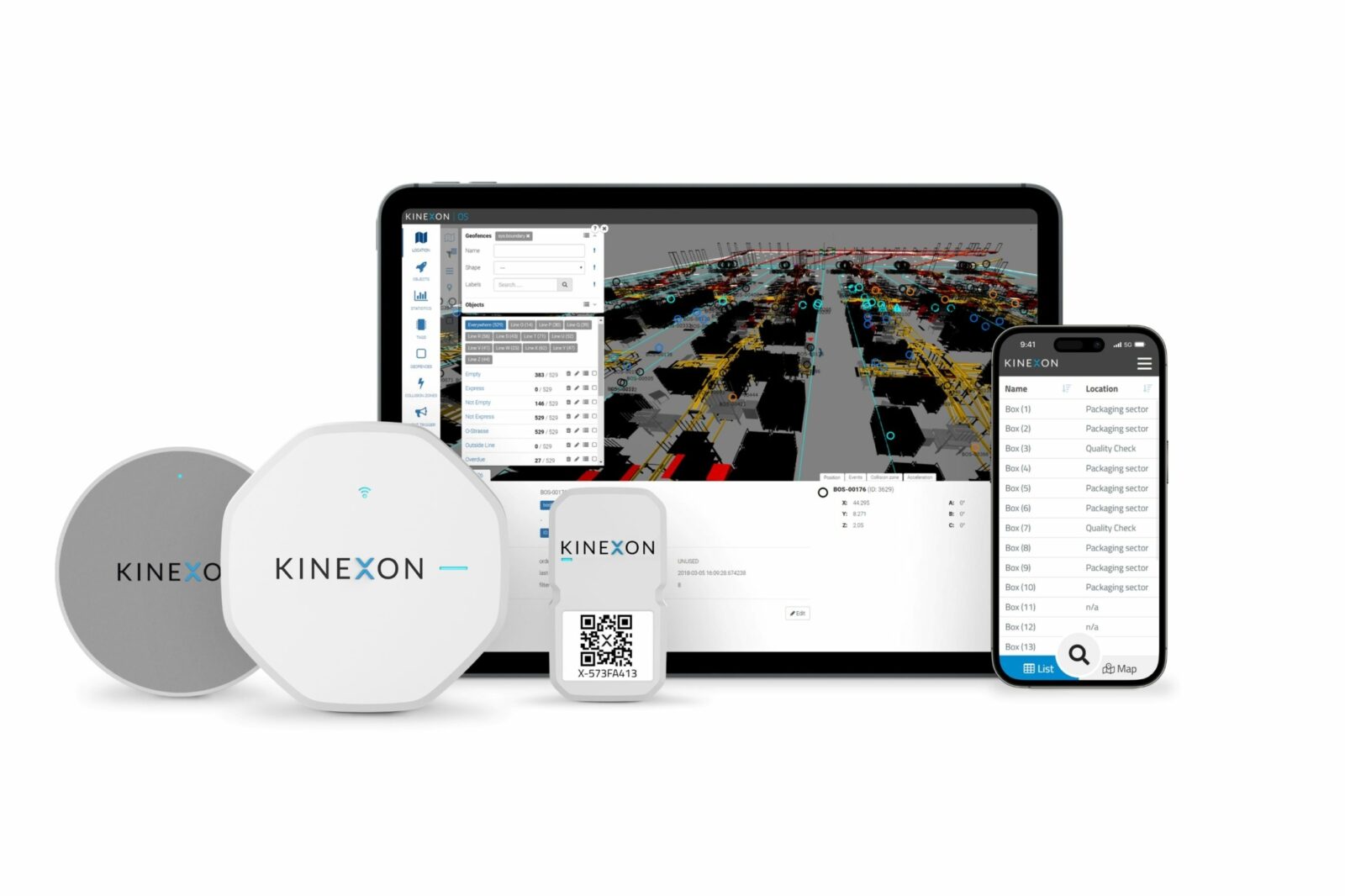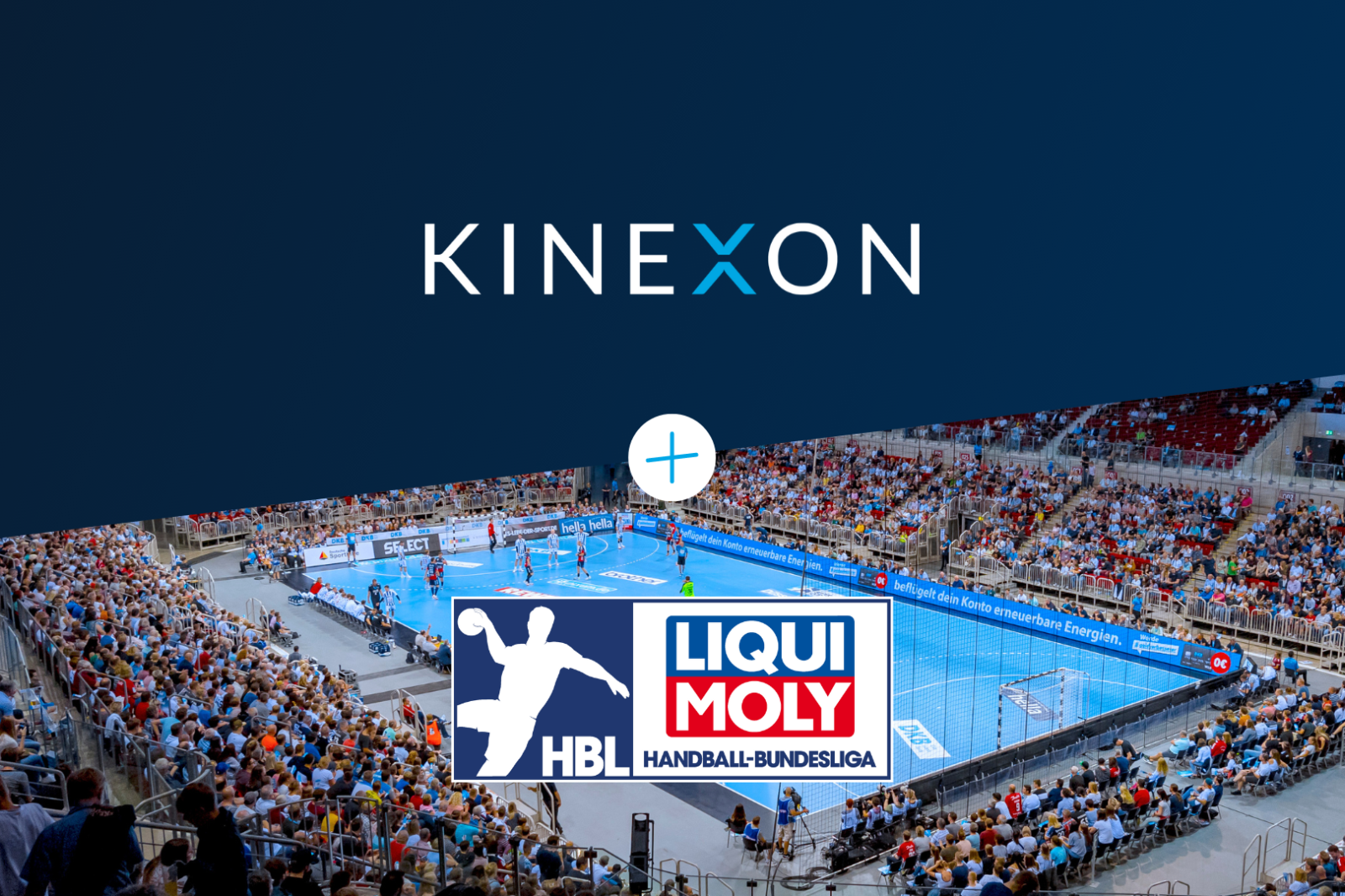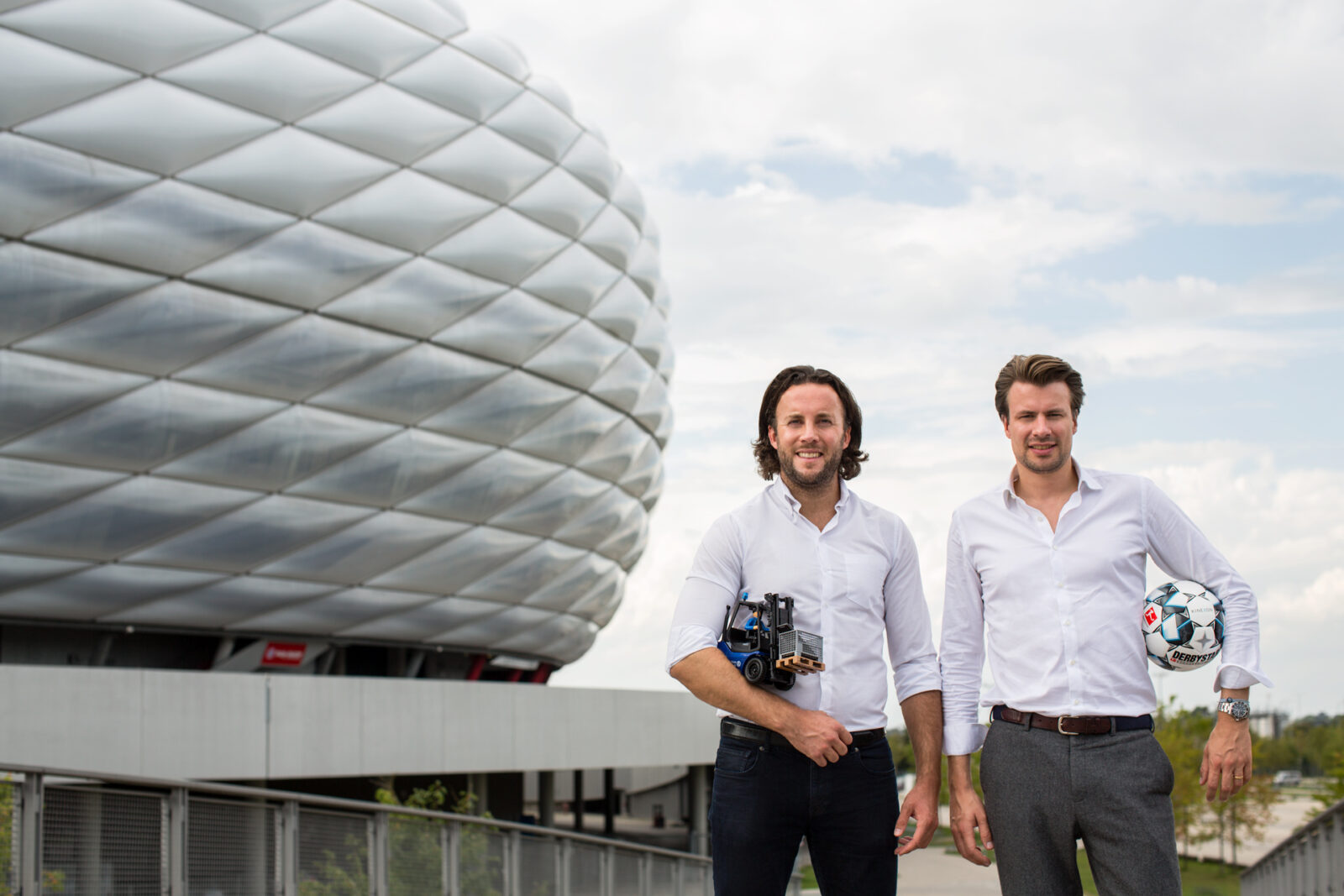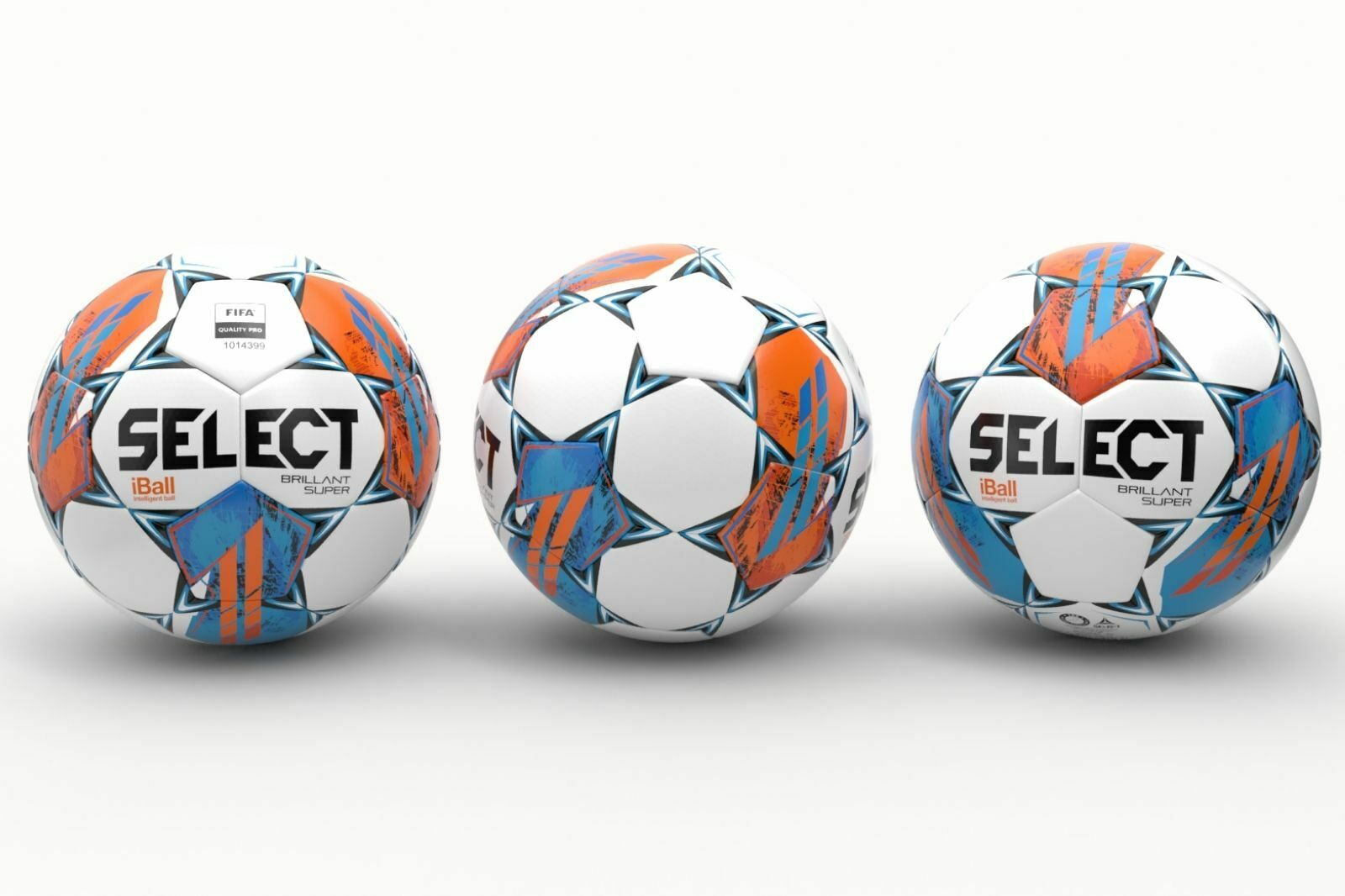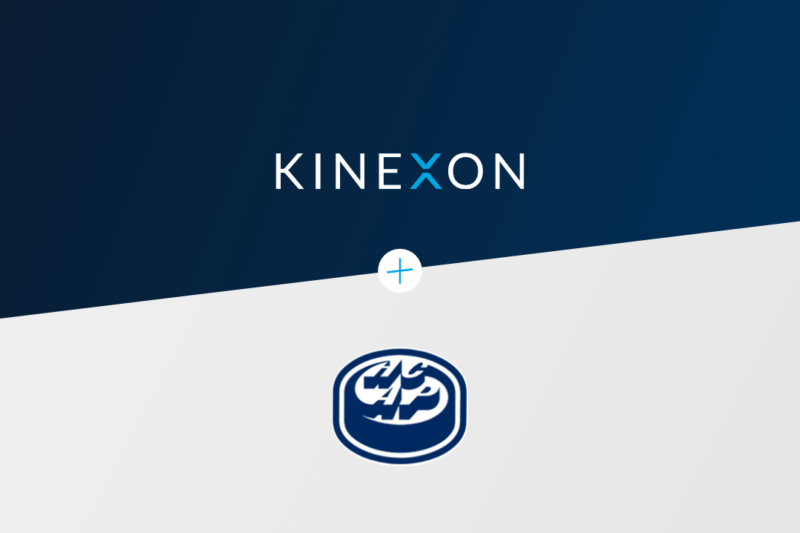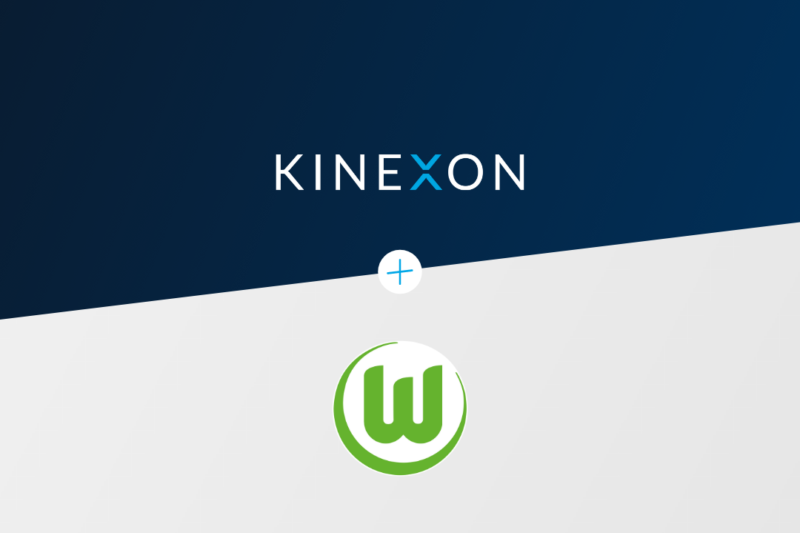Munich, October 22, 2017
World premiere at the Bavarian Derby in the Regionalliga between TSV 1860 München and FC Bayern Munich II. For the first time in the history of soccer, a match ball with integrated sensor was used during an official live TV match (in cooperation with ball partner Derbystar). In addition to the ball, all players from both teams were equipped with a sensor inside their jerseys.
Added value for viewers & fans
Based on the sensor data, a series of statistics, analyses, and graphs was generated, such as distance covered, maximum sprint speed of athletes or the shot speed. In close cooperation with our media partner Sport1 the data was visualized live on TV. This way, completely new and fascinating insights into the game could be provided to the spectator. Selected metrics, such as the shot speed, for example, are metrics that are currently not available in real-time even in professional games of the German first league (1. Bundesliga) or the Champions League. The viewers enjoyed the new insights and honored the event with a record audience share: An average of more than 650,000 viewers watched the 1: 0 of FC Bayern II on television – with a peak of more than 780,000. With these numbers the game achieved a record value since Sport1 has started broadcasting games of the Regionalliga.
Added value for clubs & athletes
After the match, the clubs’ coaches received comprehensive data analyses of their respective team. With the generation of game data, coaches and their staff are able to analyze and improve the fitness and tactics of their team. At the same time, injury risks for athletes can be mitigated.
Added value for marketers
Beyond benefits in terms of sports and media, the data offers also a significant benefit with regards to marketing. New opportunities can, for example, arise through the marketing of established and new metrics (e.g. firing speed) in collaboration with advertising partners. There is already a number of successful examples that use conventional game data such as the Castrol Index or the Audi Player Index.
The technology behind it
All this is made possible by the pioneering technology of KINEXON. The small sensors inside the ball and jersey are the heart of the KINEXON system. The sensors have a weight of just 15 grams and are half the size of a business card; the chip that is integrated into the ball is even lighter and smaller. They capture the 3D-location and motion of the ball and the player with an unprecedented centimeter accuracy – and thus much more precise than GPS. In addition to that, the KINEXON sensor tracks any kind of motion such as acceleration, rotation and load. KINEXON uses a proprietary sensor network technology that is superior to other technologies such as GPS in terms of accuracy. The KINEXON sensors transmit the real-time data via so called anchors, that serve as reference points, to the KINEXON application. The smart application processes the data and offers exciting insights into the fitness of the players and the tactics of the team.
Outlook
Numerous well-known teams around the world already use the technology for training sessions of professional and junior athletes. By providing the data also in game situations, new possibilities for live commenting and evaluation arise. For the future it is planned to identify and integrate even more smart data – including data that is not even available in today’s Bundesliga like jump height for headers, or the speed of passing. Read the press release of the media event also in German.
